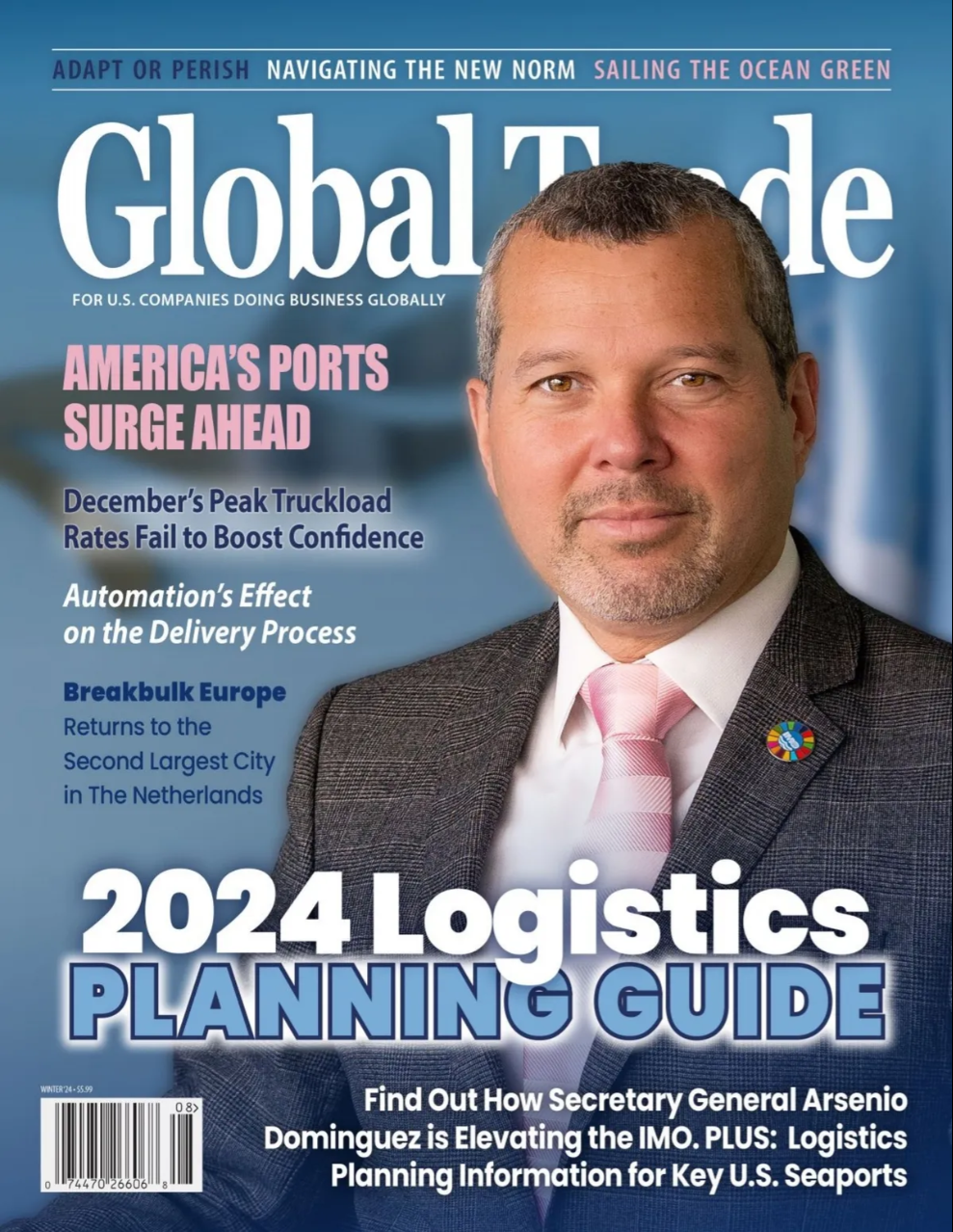Overview
A special purpose acquisition company (“SPAC”) is a New York Stock Exchange (“NYSE”) or NASDAQ-listed shell company through which a team of sponsors raises capital in an initial public offering (“IPO”) for an unspecified future acquisition of an operating company, which in turn can quickly become NYSE or NASDAQ-listed upon merging with the SPAC. While SPACs have existed in some form for decades, their popularity has increased dramatically over the last two years. The over US$83 billion in gross proceeds raised in 248 SPAC IPOs in 2020 not only shattered the previous record of US$13.6 billion raised in 59 IPOs in 2019, but exceeds proceeds raised in the entire previous decade combined. The trend has continued to accelerate in 2021, with over 170 SPACs launched in the first two months of this year for over US$53 billion in gross proceeds, and SPACs making up over 70% of all US IPO activity.
The SPAC boom has been a major driver of the current revival in the US IPO market and helped reverse a two-decade cultural trend in Silicon Valley and the rest of the start-up world of staying private for a longer period of time. A merger with a SPAC has become an increasingly popular path to a public listing for start-ups in hot sectors such as electric vehicles and biotechnology, as well as portfolio company exit strategy for major private equity firms. Major private equity and venture capital firms, along with hedge funds, have also been prolific SPAC sponsors. SPACs have also increasingly been a vehicle for emerging market opportunities, both on the sponsor side by emerging market management teams and investors, and on the target side for emerging market companies looking for an efficient path to a US listing.
The Target
For a potential target company looking to gain access to US public markets, acquisition by a SPAC offers several advantages over a traditional IPO, including:
Speed to market. A traditional IPO will likely take months longer than being acquired by a SPAC given the broad disclosure requirements of a registration statement on Form S-1 (for a US company) or F-1 (for a non-US company) and accompanying US Securities and Exchange Commission (“SEC”) comment process, whereas a SPAC target’s principal public disclosure obligations will come in the proxy statement on Form S-4 (for a US company) or F-4 (for a non-US company), which has considerably less onerous requirements. On the other hand, the target company will need to be prepared to be an SEC-registered and NYSE or NASDAQ-listed company quickly, including appropriate financial statements, corporate governance and capacity to meet its future disclosure obligations. Non-US companies, or Foreign Private Issuers, will in any case enjoy a significantly lower regulatory burden than a US company, including significantly less required disclosure of executive compensation, exemption from the proxy requirements of US public companies and the ability to generally (with a couple of exceptions) follow home country governance rules instead of those imposed on US companies by the SEC, NASDAQ and NYSE.
Pricing certainty. The target company’s valuation will be negotiated in a private, M&A-like process with the SPAC sponsors and, as discussed below, PIPE investors, as opposed to the underwriter-driven and highly volatile traditional IPO pricing that will depend on real-time market conditions and demand from public investors.
Release of projections. A target company can include forward-looking projections in its Form S-4/F-4 disclosure, unlike in Form S-1/F-1, giving it more control over its story as it introduces itself to US public market investors. A company will also generally enjoy more flexibility to engage in more detailed discussions with prospective acquirers and investors ahead of any transaction, compared to the restrictions on communications that come with a traditional pre-IPO process.
Control over corporate governance. A traditional IPO is a long, collaborative process with underwriters who will tend to look at all issues, including the building out and disclosure of the company’s post-IPO corporate governance, with a focus on maximizing public investor demand at the initial sale. Therefore, where founders seek to maintain a level of control to the extent permitted under SEC, NYSE or NASDAQ rules (and for non-US companies, governance rules exemptions by all three of these are broad enough that quite a lot is permitted), especially in the technology sector, they are likely to encounter more pushback from underwriters than from M&A counterparties with whom they are directly negotiating valuation. Of course, each transaction is different and the level of founder control a SPAC acquirer is prepared to accept will vary.
The SPAC IPO
While the SEC registration process for a SPAC IPO largely follows that of any IPO, with the filing of a registration statement on Form S-1/F-1 and SEC comments, in practice the lack of operating history and financial statements makes it a much more streamlined process. With no operating business to describe, disclosure will center on the experience of the sponsor team, the type of company that will be targeted for acquisition and the terms to the public shareholders of the SPAC.
Typical SPAC terms include:
Founder shares. Sponsors acquire initial equity in the SPAC for nominal value and purchase warrants to help fund costs, typically with built-in anti-dilution protections designed to ensure that such shares convert into at least 20% of the post-IPO and pre-acquisition company. This leads to the sponsors effectively acquiring their stake in the post-acquisition public operating company at a discount and potentially very attractive returns.
Units. Public shareholders are offered units typically consisting of one share of common stock and a portion of a warrant, which can only be exercised after the acquisition. Units, common stock and warrants are all publicly traded, and investors can unbundle their units to trade stock and warrants separately.
Searching period. A SPAC typically has up to two years after its IPO to submit a proposed transaction to a shareholder vote, or be required to liquidate and return the public shareholders’ investment plus accrued interest.
Shareholder redemption. When the sponsors propose an acquisition, or if they seek an extension of the searching period, public shareholders have the option to instead redeem their shares for cash at the IPO price plus accrued interest, with the right to keep their warrants and thereby maintain some upside exposure.
Trust Account. Capital raised in the SPAC IPO is placed in an interest-earning trust account to be used to fund the future acquisition, buy out any redeeming shareholders or liquidate and pay out the public shareholders if no acquisition occurs.
Acquisition by a SPAC
To meet the typical two year deadline to submit a proposed acquisition for shareholder approval, sponsors need to promptly begin the search process to allow adequate time to evaluate potential transactions, initiate and complete negotiations with targets, bring in PIPE investors, and begin and complete the S-4/F-4 drafting and filing process, including SEC review and comment.
Private-investment-in-public-equity (“PIPE”) financings by institutional investors in a SPAC prior to, or concurrently with, the announcement of a proposed acquisition have by now become standard. PIPE financings bring several benefits ahead of the acquisition, including reputable anchor investors to effectively endorse the new public company, price discovery as the valuation of the new public company is negotiated with the PIPE investors, and additional cash proceeds both for the acquisition and new public company operations, including as a backstop against uncertain levels of public shareholder redemptions.
Following the announcement of an acquisition, the sponsors will solicit the SPAC’s public shareholders’ approval of the transaction in a proxy statement filed on Form S-4 or F-4. As discussed above, this will be the principal disclosure document describing the business of the target company, including historical and pro forma post-merger financial data, as well as management’s discussion and analysis of its financial condition and results of operations. The S-4/F-4 will describe the terms of the proposed merger and transaction documents, the latter of which will be provided as exhibits. The document will also describe the process leading up to the transaction, including a history of the search process, insight into the SPAC’s management and board of directors’ analysis of potential transactions and decision-making process, and the role of outside advisors. Once the acquisition is approved, under most structures the target is merged with the SPAC and its shareholders receive shares of the listed entity (in some structures the surviving public company is a new entity, but the end result is effectively the same for public shareholders).
Emerging Markets, Latin America and SPACs
Emerging market companies are increasingly participating in the SPAC wave. Most prominently, Grab Holdings Inc., a leading Southeast Asia technology company, recently agreed to be acquired by NASDAQ-listed Altimeter Growth Corp. in the largest SPAC acquisition in history. Other recent prominent transactions include, on the target side, India’s ReNew Power Private Limited’s proposed acquisition by, and NASDAQ listing through, RMG Acquisition Corporation II, and on the sponsor side, Chinese private equity firm Primavera Capital Group’s launch of Primavera Capital Group Acquisition Corporation, a SPAC to be listed on the NYSE.
Now, Latin American companies, especially in the technology sector, are also becoming the targets of SPACs. Several investment firms, including Softbank, LIV Capital, Rocket Internet and DILA Capital have recently formed SPACs with the intention of acquiring Latin American companies.
Brazilian businesses, in particular, have had a strong presence in the recent SPAC boom as both sponsor and target. SPACs sponsored by prominent Brazilian business figures that have gone public in the last two years include: NASDAQ-listed Patria Acquisition Corp., sponsored by Patria Investments Limited; NYSE-listed HPX Corp., led by 3G Capital and Vinci Partners veterans Bernardo Hees, Carlos Piani and Rodrigo Xavier; NASDAQ-listed Itiquira Acquisition Corp., led by Paulo Carvalho de Gouvea, previously associated with XP Inc., MMX, Eneva and Rede D’Or; NASDAQ-listed Alpha Capital Acquisition Company, led by OLX founder Alec Oxenford and former head of Qualcomm Latin American and Cisco Brazil Rafael Steinhauser; and NYSE-listed Replay Acquisition Corp., led by Edmond Safra and Gregorio Werthein of Argentina’s Werthein Group. All five of the foregoing launched with the stated purpose of acquiring a business in Brazil or elsewhere in Latin America. Replay ultimately announced the acquisition of Blackstone portfolio company and US-focused Finance of America Equity Capital LLC instead, illustrating the flexibility enjoyed by both SPAC sponsors and, via the effective put option on their shares, shareholders.
Patria, HPX, Itiquira and Alpha have yet to announce a proposed acquisition. Brazilian sponsors have also launched SPACs with the express purpose of outbound investment into the developed world, as was the case with the NASDAQ-listed vehicle launched by GP Investments in 2015, GP Investments Acquisition Corp., which ultimately acquired US software services company Rimini Street, Inc. On the target side, sanitation company Estre Ambiental S.A. became NASDAQ-listed through a December 2017 merger with Boulevard Acquisition Corp. II, a SPAC sponsored by executives of Avenue Capital Group which, interestingly, at its launch expressed no particular plans to seek Brazilian or non-US businesses.
Despite the recent increase in activity in the Latin American capital markets, the reality is that it remains a very volatile environment for companies to raise capital. In this context, Latin American companies, especially in the technology and financial sectors, have more recently in growing numbers considered a listing in the US as an alternative for their capital needs. For Latin American sponsors, it is an interesting opportunity to take advantage of the current excess of liquidity in the US market and make the bridge between US investors and great companies in Latin America looking for capital. As SPACs become an increasingly dominant portion of public US capital markets, Brazilian and other emerging market investors and companies who seek access to that market should naturally find themselves more active in one side or another of these transactions.













